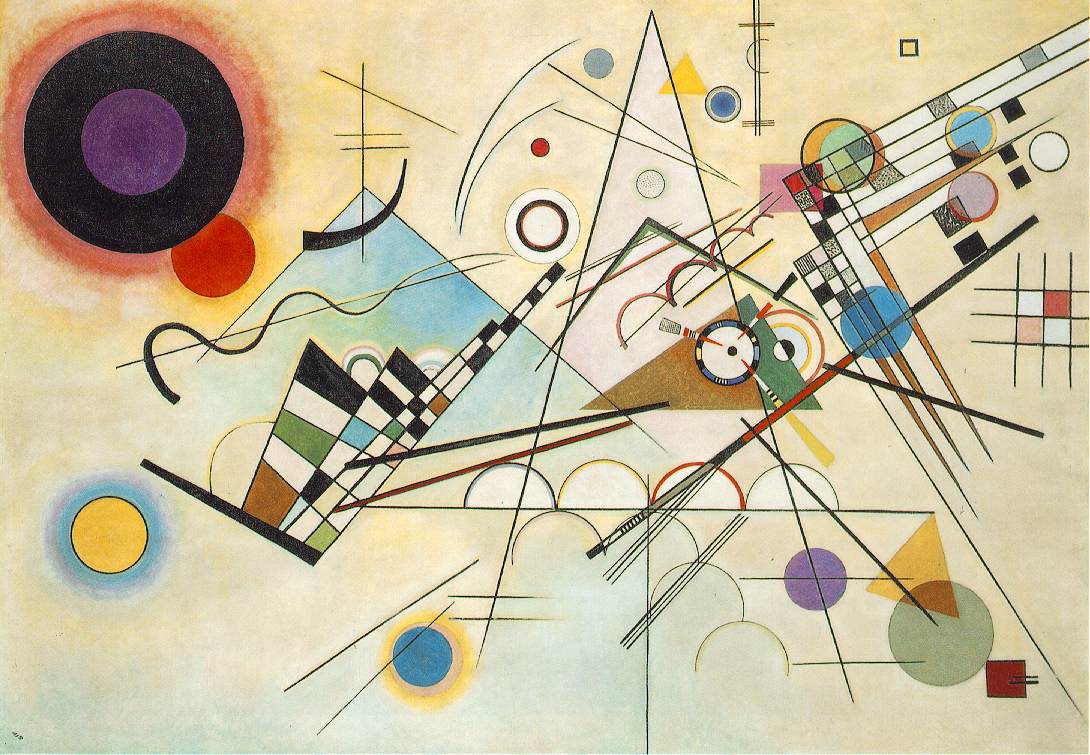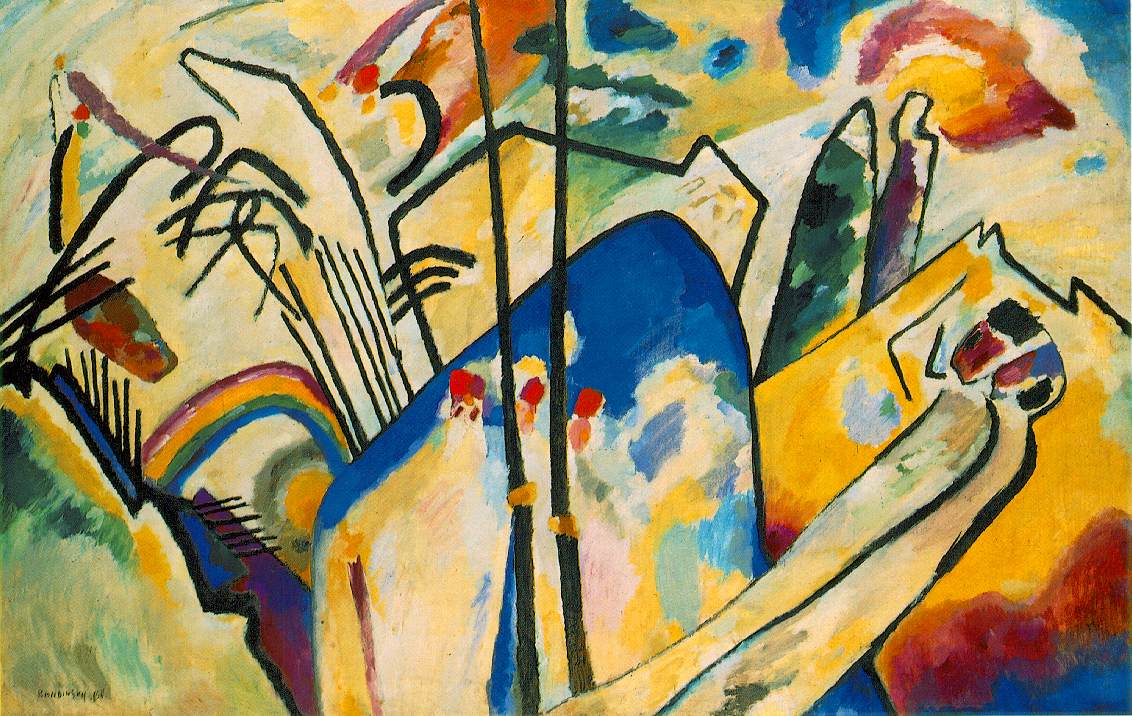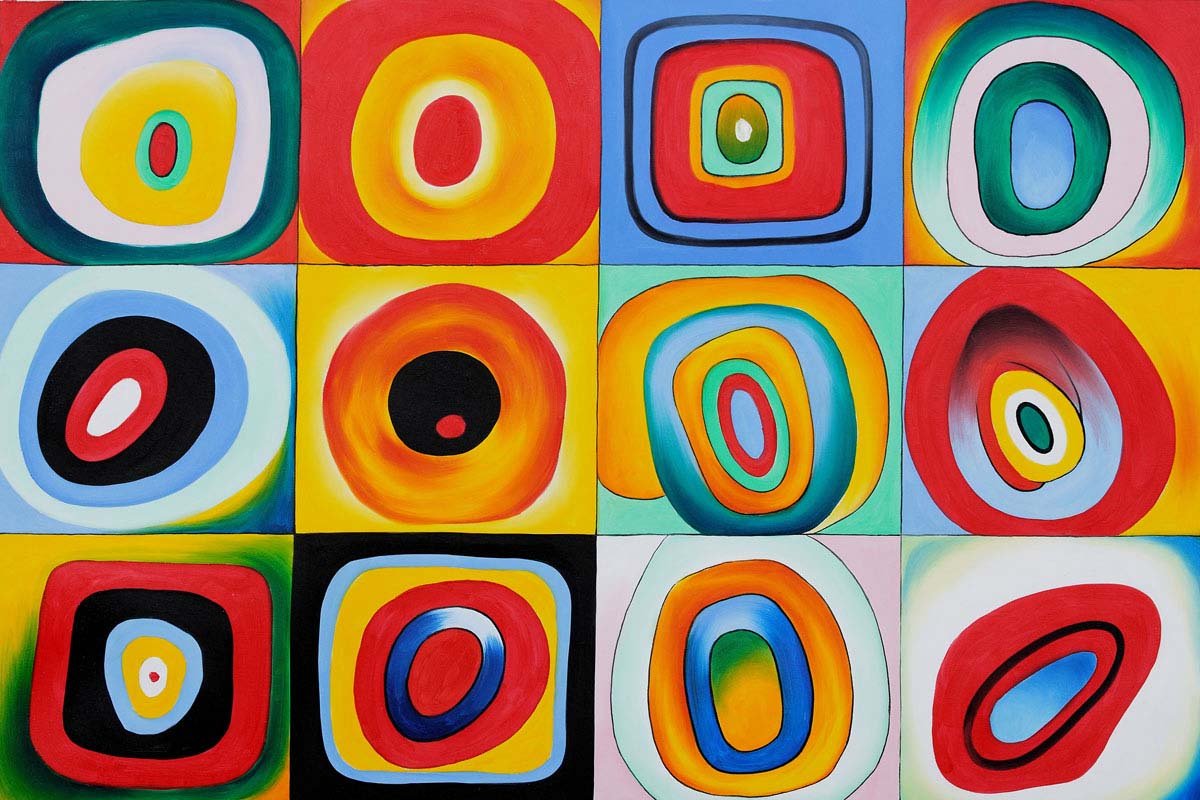Hello!
Today we continued with watercolor but integrated it into the Water Cycle!
We talked about the water cycle (the teacher also reviewed before) and what the different parts of it was. The different parts we came up with was Evaporation, Condensation, Dew, Precipitation, Collection, Runoff, and Transpiration.
Here is the powerpoint I used:
https://docs.google.com/presentation/d/1_nDeQwEJwk01b5qhirpcID2W-f5zuftB0hsKFD_5VWU/edit?usp=sharing
We then talked about different watercolor landscape paintings and how different colors besides blue can be part of the sky. We also talked about what different techniques we could use for the different parts of the water cycle.
We folded our paper into 8 sections again.
I wrote on the board on what step to put on what part of the paper.
When the students asked what certain step meant I redirected them into asking their peers. This helped the number of questions that I received so I could help in other ways.
I think the best way to make this concept stick is to create a personal watercolor landscape painting with the techniques before making the books. They ended up trying to make a technique book again without doing much detail or showing their understanding of what each part of the water cycle means with mini landscapes showing the parts. It was a little bit frustrating but it is good to know what to do for other classes.
The next step after letting the paint dry they will make them into little foldable books!
The kids were super excited to use the different water color techniques again!
















































